In Malaysia, there are actually so many bridges that have been made in many places. Each of the bridges made has its own uniqueness and also specialties because they have their own uses towards the communities. From the earliest arch and beam bridges to the newest suspension and truss bridges, these are some examples of bridges in Malaysia.
We build bridges to span obstacles, be it a valley, waterway, or another road. A bridge’s function designates its design. A bridge can be temporary, or it can last for millennia. Many Roman bridges are still standing today. No surprise then that bridges often become iconic landmarks for their region.
These are 5 examples of bridges in Malaysia:
1) ASEAN Bridge

The Batang Baram Bridge or ASEAN Bridge is the longest bridge in Miri Division, Sarawak, Malaysia. The bridge is located along Miri-Baram Highway. The ASEAN Bridge is located approximately 2 km upstream of the New Miri Port Complex. The bridge and access road directly link Sarawak with Brunei across the Batang Baram via the existing Immigration Checkpoint at Sungai Tujuh. Construction of the ASEAN Bridge and access road commenced on 17 January 2001 and was completed in August 2003. The bridge is designed in accordance with the latest British Standard BS 5400. The bridge has 19 spans with a total of 1040 meters.
2) Iskandariah Bridge
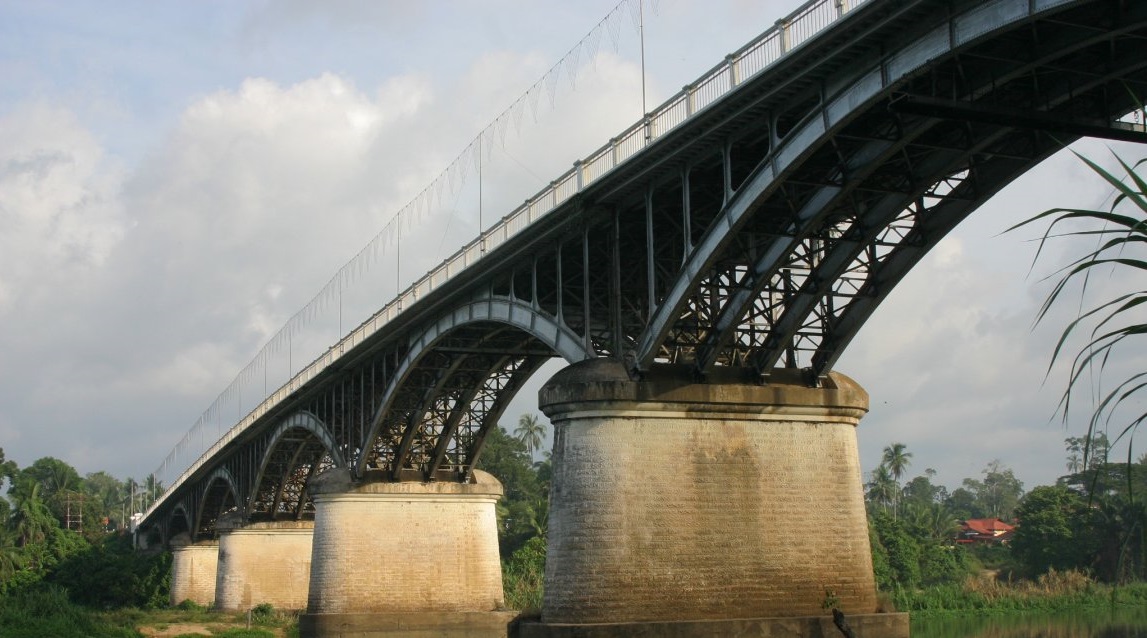
Iskandariah Bridge or Sultan Iskandar Bridge is one of four major bridges in Kuala Kangsar, Perak, Malaysia with the other one being the Sultan Abdul Jalil Shah Bridge. The 308-meter bridge crosses the Perak River near the town and is made out of steel. The bridge remains the longest steel arch bridge in Malaysia. Traffic on the bridge, however, was greatly reduced when the Sultan Abdul Jalil Shah Bridge a little further downstream was opened to traffic in 2003 in conjunction with the completion of the North-South Expressway.
3) Seri Bakti Bridge
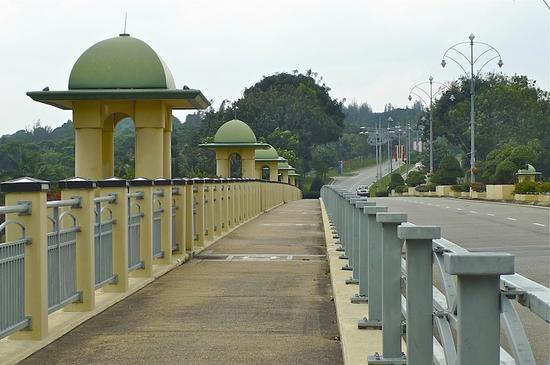
The Seri Bakti Bridge is one of the main bridges in Putrajaya, Malaysia. The bridge links the secondary road to Seri Satria, the Deputy Prime Minister’s Residence, connecting the Government Precinct in the north to Precinct 16 in the south. The concept design was developed from several shorter spans, with a precast pretension “Super-T” beam slab deck with spans up to 35 m (115 ft). The total structure length is 270 m (890 ft). There are dual two-lane carriageways, 2 m (6.6 ft) median, walkway, and cycle track.
4) Putra Bridge

Putra Bridge is the main bridge in Putrajaya, Malaysia. It is analogous to Khaju Bridge in Esfahan, Iran. With a span of 435 meters, this bridge connects the Government Precinct to the Mixed Development Precinct and links Putra Square with the Boulevard. It was constructed in 1997. The upper level of the bridge forms part of the Boulevard. This huge three-deck bridge provides vehicle, monorail, and pedestrian access. Besides providing the link between Precinct 1 and Precinct 2 on the Core Island, it has been designed to be a special feature of Putrajaya. The piers also accommodate fine dining restaurants within its main pillar supports.
5) Sultan Ahmad Shah II Bridge

Sultan Ahmad Shah II Bridge or Semantan Bridge is the longest highway bridge in the East Coast Expressway network. It bridges the Pahang River in Pahang, Malaysia. This 700-meter bridge was opened when the East Coast Expressway was built. It crosses the Pahang River, the longest river in west Malaysia. At the entrance of the bridge, there are 2 elephant trunks that symbolize Pahang. There also many colorful lights around this bridge. This bridge was opened by Sultan of Pahang, Sultan Ahmad Shah on 22 April 2004. Near the bridge is the Temerloh Rest and Service Area.
Sources: Ranker

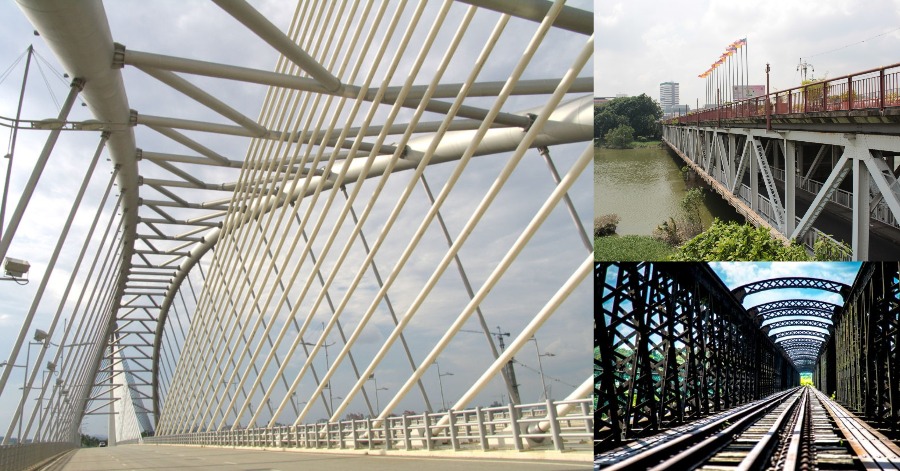



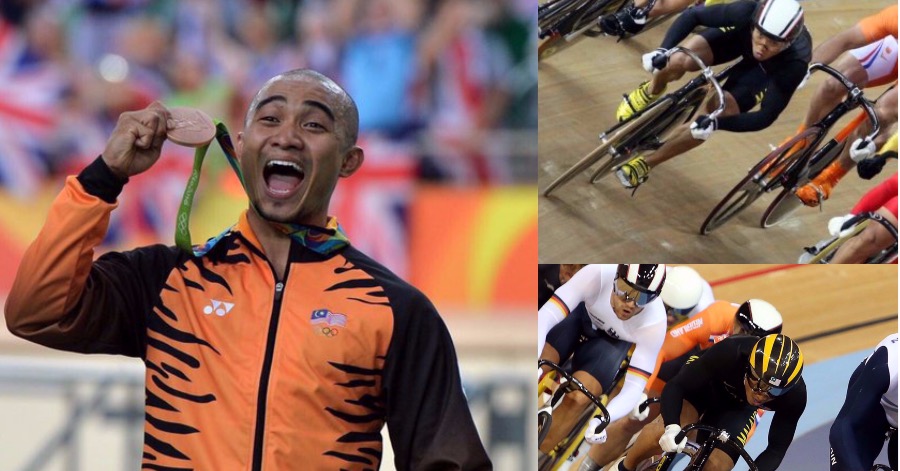
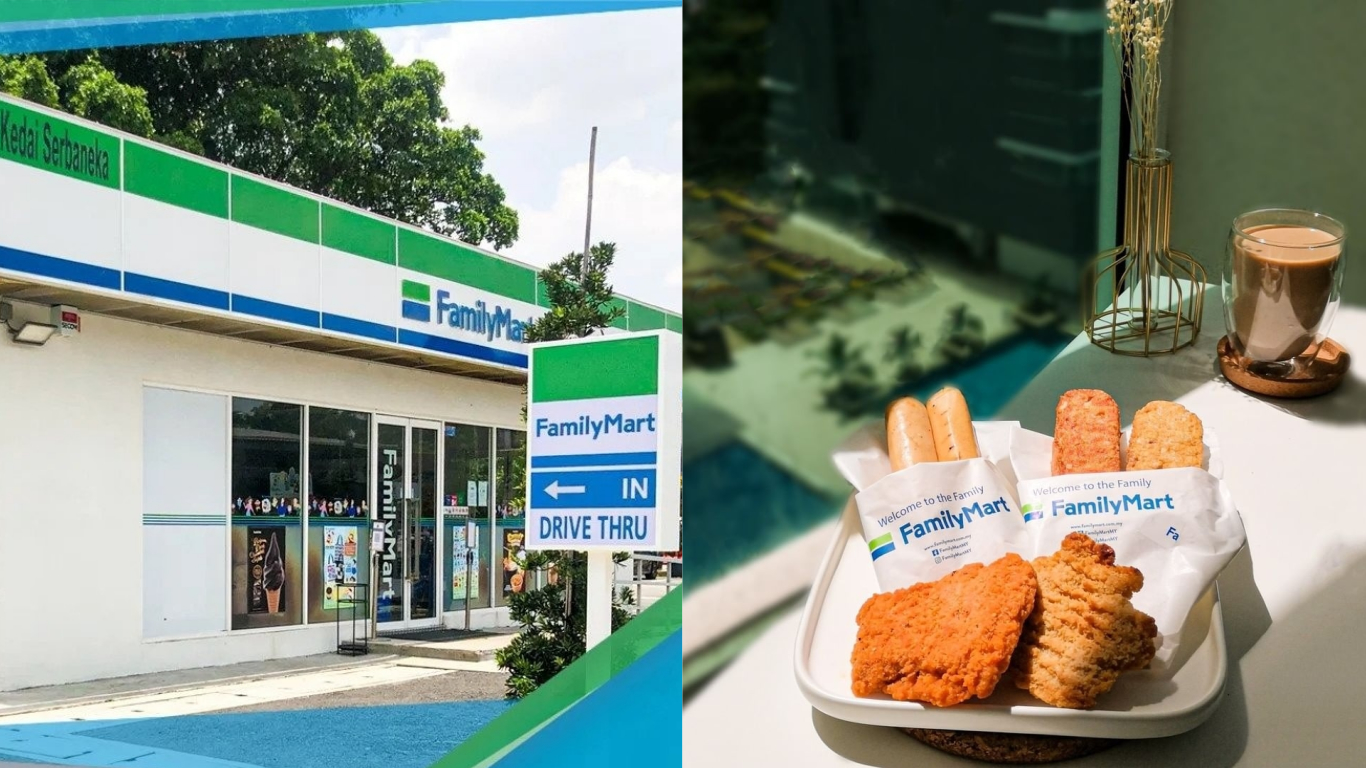

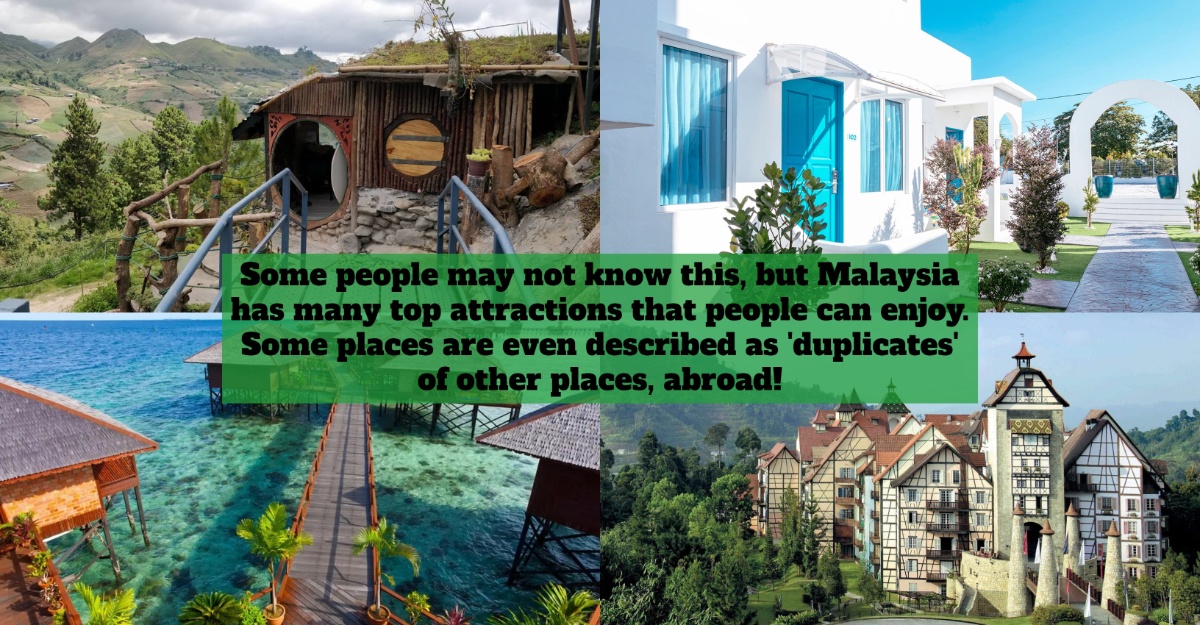
Leave a Comment